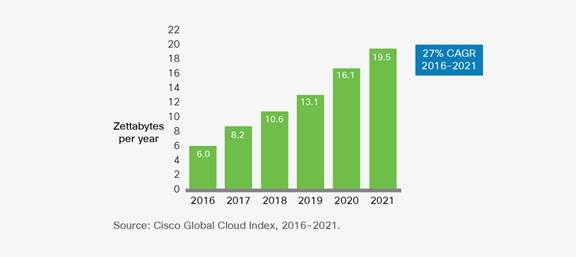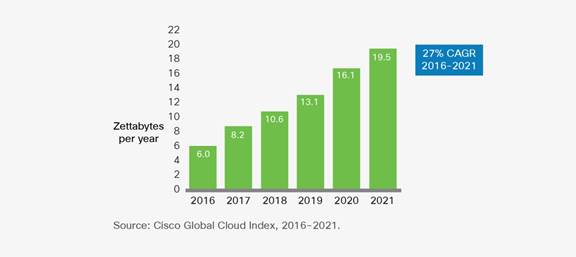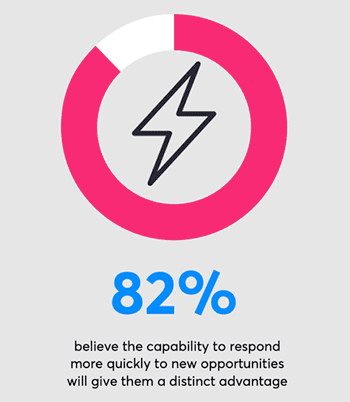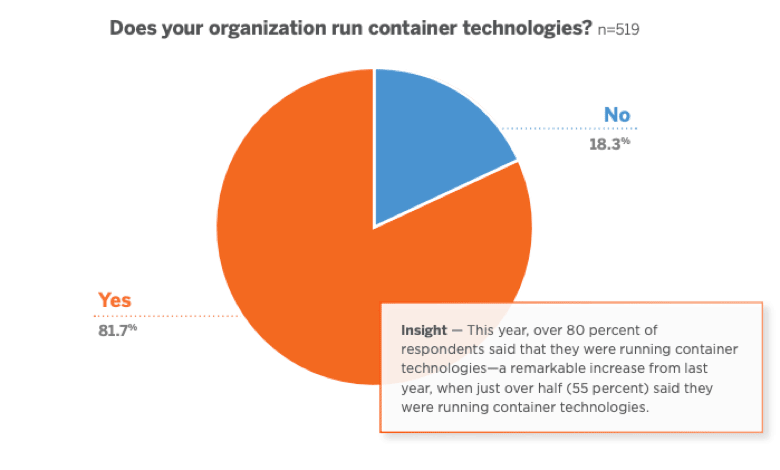Simplifying Load Balancing in a Multi-cloud Environment
With the average enterprise are leveraging almost five clouds on average,* load balancing isn’t getting any simpler.
In infrastructures of that size with applications deployed across multiple private clouds and public clouds, leveraging load balancing services from IaaS providers (such as AWS’ ELB) just aren’t going to cut it.
How can organizations ensure effective, efficient load balancing in such a complex state of applications and clouds? In our eBook, “Advanced Load Balancing in the Cloud—5 Ways to Simplify the Chaos,” we revealed the answer:
- Prioritize performance and reliability.
- Secure your apps at scale.
- Embrace automation and integration.
- Implement centralized management.
- Simplify and enable portability.
Whether your organization is in healthcare, financial services, technology, retail, education or others, those steps can be used to take control of your traffic in your multi-cloud environment.
Here, we’ll go over the highlights of each step.
1. Prioritize Performance and Reliability
Quick and reliable access to content and applications is critical for businesses. Ensuring reliable performance is still a huge challenge for most organizations with the global demand of application availability across multiple environments.
That’s why the visibility and analytics of advanced load balancing are so essential.
By providing your team with contextual information about app performance, user behavior and more, advanced load balancing allows for quick troubleshooting with minimal resources.
After all, Cisco estimates that global cloud data center traffic will exceed 19 zettabytes per year by 2021.

So, it’s critical that companies prioritize performance and reliability or risk getting left behind.
2. Secure Your Apps at Scale
According to Cisco’s 2016-2021 Global Cloud Index, 94 percent of all workloads will run in some type of multi-cloud environment by 2021.

That’s a lot of data that needs to be protected, to say the least.
Enforcing consistent security across all applications in a multi-cloud environment remains the core challenge.
Multi-cloud environment-based applications are more vulnerable and need additional protections since public cloud providers are only responsible for securing their own infrastructure.
To do so, you’ll need to implement full-stack security at both the infrastructure and application levels.
Load balancers come into play because they can provide you with valuable information about the behavioral patterns of your users, thereby making it easier to distinguish your legitimate users from malicious traffic.
3. Embrace Automation and Integration
As countless new technologies proliferate throughout companies’ entire IT stack, load balancers simply can’t afford to be left out.
Further, the International Data Corporation (IDC) predicts that global public cloud services spending will reach $210 billion in 2019, and will grow to $370 billion in 2022**.
Think of it this way: If your load balancers aren’t seamlessly integrated with the rest of your IT stack, their performance (and thus, your servers’ performance) will suffer.
To prevent that, seek out an advanced load balancing solution with robust integration capabilities and intelligent automation. An advanced load balancing solution with automation and strong integration capabilities helps organizations keep up with the new applications agile model.
4. Implement Centralized Management
Just as new enterprise technologies call for increased automation and integration, they also require centralized management.
That’s because with multiple technologies in place, a more distributed management system can quickly result in chaos. This is true even if those technologies are well-integrated and automated.
Consider that an astounding 82 percent of companies believe they must improve their agility because responding more quickly to new opportunities will give them a distinct advantage. That’s according to CA Technologies’ latest business agility report.

Fortunately, the versatile nature of centralized management can help organizations of all kinds achieve operational efficiency and the level of agility they’re after.
When the need to manage each app individually is eliminated, the ability to deftly create clusters, build elasticity and smoothly scale are unlocked.
5. Simplify and Enable Portability
The final piece of the puzzle ties in with the ultimate application organization solution: containerization.
If you’re unfamiliar with containers, think of them as the shipping containers on a cargo ship. Without them, the goods inside would simply be dumped in a huge pile that would take an absurd amount of time to sort through and organize.
With containers, though, their contents (in this case, applications) can be easily identified and moved in a fraction of the time.
Containers have certainly proven themselves useful in practice as containerized apps are viewed as being more portable across environments.
A recent study from Portworx found that four out of five companies are using container technologies, and 83 percent are running them in production.

Knowing this, it’s easy to see why load balancers with container integration are not only valuable but essential.
Advanced load balancing with container integration also needs to elastically load balance and be able to auto-scale on demand with changes in application traffic.
With such a load balancing solution in place, enterprises can reap the full benefits of containers and enjoy an application infrastructure that eliminates the need to over provision the resources
By following these five steps, organizations will see real results in a number of measurable ways, from traffic visibility to overall efficiency that improves the bottom line.
Want to learn more about how you can master advanced load balancing in a multi-cloud environment? Click here to read our full eBook for free.
*RightScale 2019 State of the Cloud Report from Flexera
**IDC Worldwide Semiannual Public Cloud Services Spending Guide, February 2019